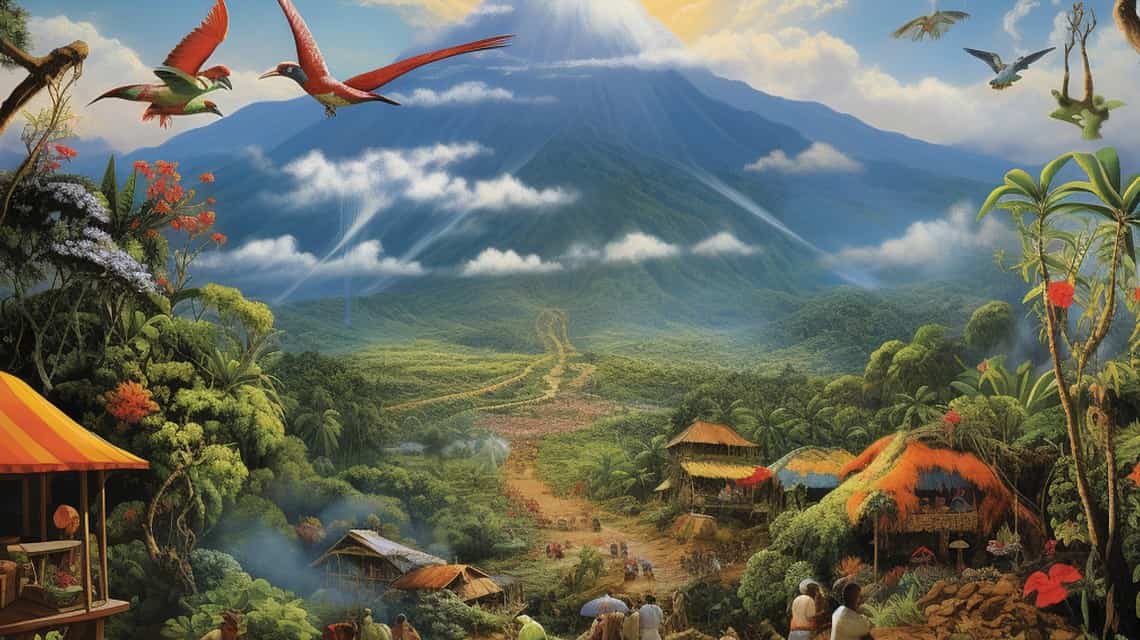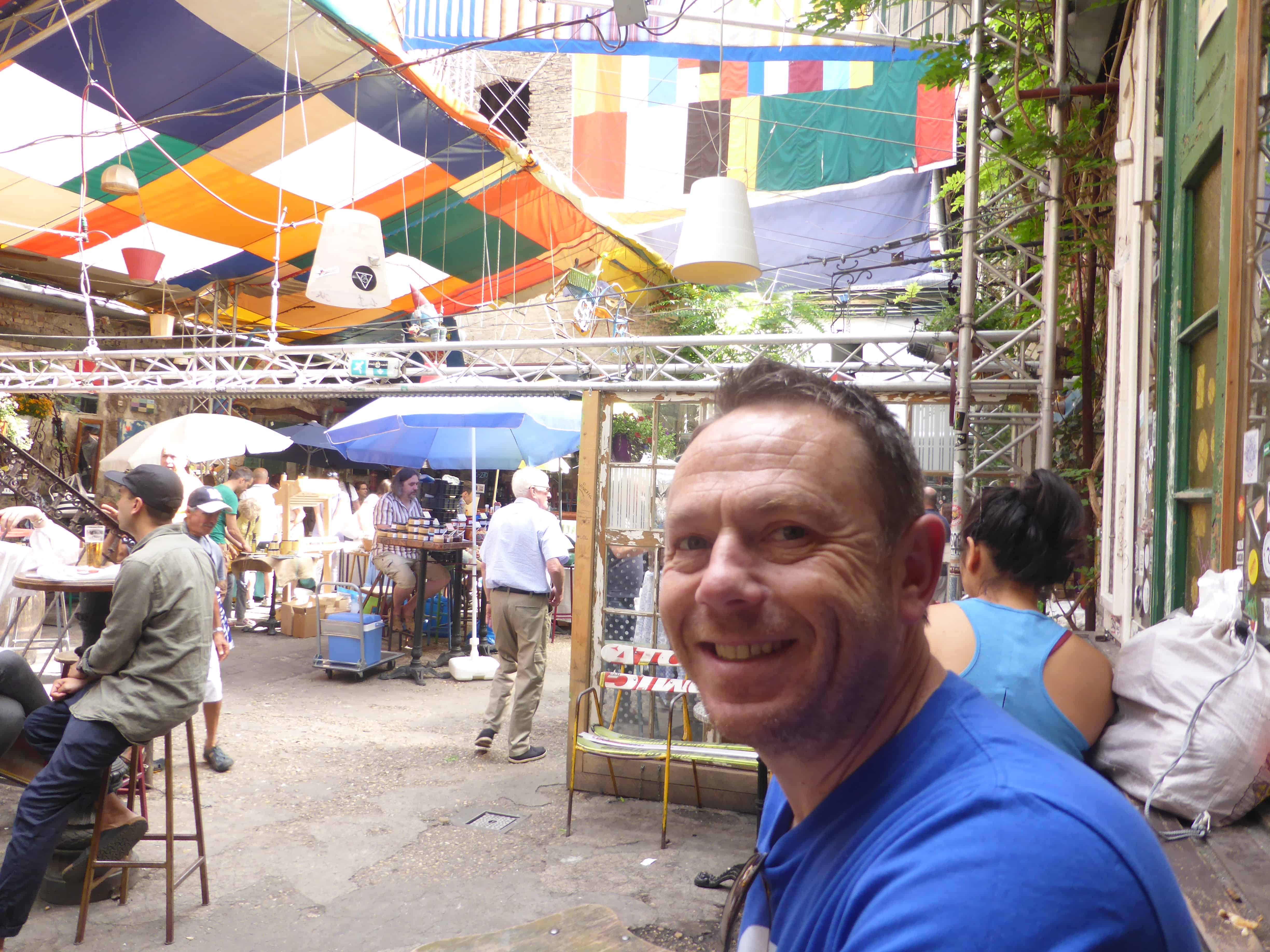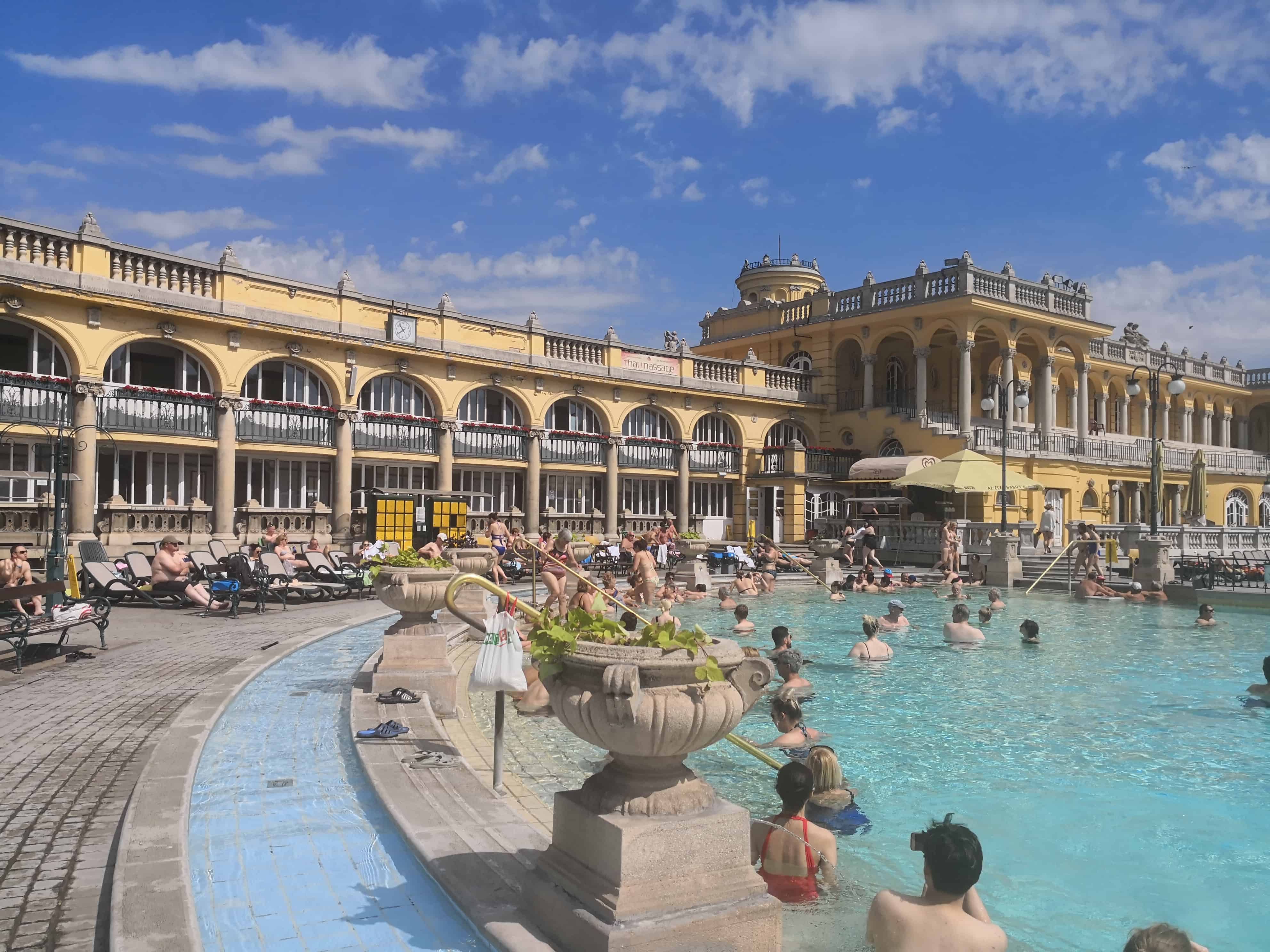
Costa Rica: Bulletpoint History For Travellers
Costa Rica has a long and colourful history – here are the main bullet points of interest:

Pre-Columbian Era (Before 1502)
- Indigenous groups such as the Chorotega, Boruca, and Bribri inhabit the region.
- The region is characterized by chiefdoms and complex societies, with trade networks extending into present-day Nicaragua and Panama.
Spanish Colonization (1502-1821)
- 1502: Christopher Columbus reaches the eastern coast of Costa Rica on his fourth voyage.
- 1560s: Spanish colonization begins in earnest with the establishment of Cartago.
- 1700s: Costa Rica remains a peripheral colony with limited gold and a small population.
Independence and Early Republic (1821-1900)
- 1821: Costa Rica joins other Central American provinces in declaring independence from Spain.
- 1823: Costa Rica becomes a province of the Federal Republic of Central America.
- 1838: Costa Rica becomes a fully sovereign nation after the dissolution of the Federal Republic.
- 1870s: Coffee becomes a major export, transforming the economy and society.
- 1889: First free and direct elections were held, solidifying democratic traditions.
20th Century Developments (1900-2000)
- 1948: A brief civil war resulted in the abolition of the Costa Rican army.
- 1950s: Costa Rica began to develop a welfare state, providing education and healthcare to its citizens.
- 1980s: Costa Rica declares neutrality in the Cold War and regional conflicts.
- 1990s: Ecotourism has become a significant industry, with Costa Rica being recognized for its biodiversity and conservation efforts.
21st Century (2000-Present)
- 2007: Costa Rica joins the Central American Free Trade Agreement (CAFTA) with the U.S.
- 2015: Costa Rica sets a goal to become carbon neutral by 2021.
- 2020s: Continued emphasis on sustainable development and environmental protection.

Costa Rica – Facts & Figures in Brief
- Official name: Republic of Costa Rica
- Form of government: Democratic republic
- Capital: San José
- Population: 5,163,265 (2023 est.)
- Land Area: 19,729 square miles (51,100 square kilometers)
- Urban Population: Approximately 75% of the population lives in urban areas.
- Religions: Catholicism is the major religion, followed by evangelical Protestantism and non-religious.
- Official language: Spanish
- Currency: Costa Rican colón (CRC)
- GDP (as of 2021): Approximately $60 billion
- Area: 19,729 square miles (51,100 square kilometers)
- Major mountain ranges: Cordillera Central
- Highest Peak: Cerro Chirripó, at 3,819 meters.
- Major rivers: San Juan, Reventazón, Sixaola
- Longest river: San Juan River
- Nearest neighbours: Nicaragua (north), Panama (south)
- Geographic features: Costa Rica is a Central American country bordered by Nicaragua to the north and Panama to the south. It has coastlines on the Caribbean Sea to the east and the Pacific Ocean to the west. Costa Rica is known for its diverse landscapes, which include rainforests, cloud forests, beaches, volcanoes, and mountains.
- Climate: Costa Rica has a tropical climate with two main seasons: a wet season from May to October and a dry season from November to April.
- Economy: Costa Rica’s economy is based on tourism, agriculture, and technology.
- Major Companies: Intel, Dole Food Company, Walmart, Procter & Gamble, Hewlett-Packard
- Culture: Costa Rican culture is a blend of indigenous traditions and Spanish influences. Notable aspects include traditional folk music and dance and the celebration of national holidays such as Costa Rican Independence Day and Día de la Virgen de los Ángeles.
- Annual Tourists (pre-COVID-19): Over 3 million international visitors in 2019.
- Cuisine: Known for Gallo pinto (rice and beans), Casado (a plate with rice, beans, meat, vegetables, and plantains), and empanadas.
- National Flower: Guaria morada (purple orchid)
- National Sport: Football (soccer)
- History: Costa Rica has a rich history that dates back over 10,000 years, marked by the rise and fall of indigenous civilizations, Spanish colonization, and its journey to independence. Costa Rica is known for its peaceful democracy and its commitment to environmental conservation.
3 Important Facts About Costa Rica:
- Costa Rica has no army. It was officially abolished in 1949.
- The country is home to 5% of the world’s biodiversity despite covering only 0.03% of the Earth’s surface.
- “Pura Vida” (Pure Life) is a common saying in Costa Rica, reflecting the country’s laid-back and optimistic attitude.








